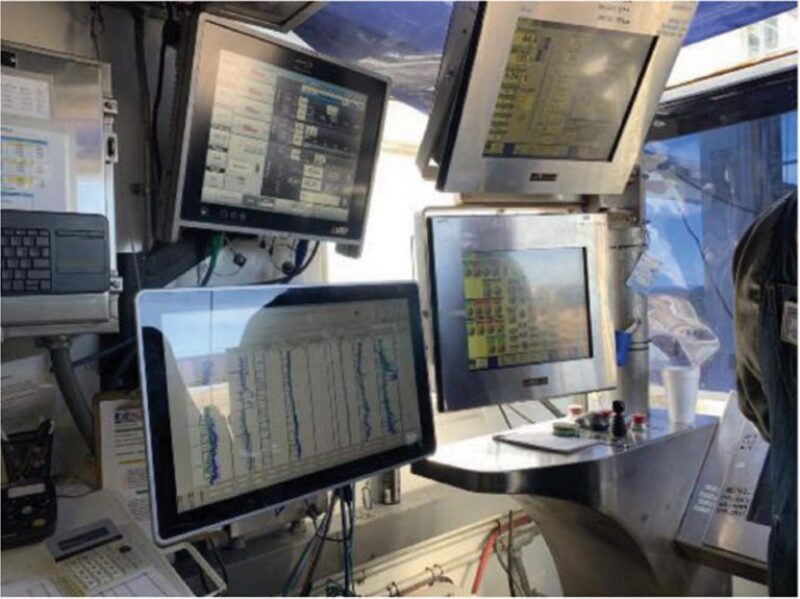Apache: Averting Human Roadblocks
When Apache rolled out a digital system delivering real-time drilling data and advice, the reactions from workers were strong, and conflicting.
“With the supervisors, what surprised the field team the most was the variance in responses. Some wellsite supervisors saw the system as an opportunity to improve the performance on their rig and expand upon their personal knowledge. Others saw the tool as a test of their overall control of the operation, making them resistant to use the system,” according to a technical paper describing the effort (SPE 194184).
“Some drilling engineers embraced the data-driven approach” while others “felt the program would overshadow their engineering effort and preferred methods,” the paper said.
Others were curious. During the field trial, drillers were initially told to ignore the engineers testing the system, but they soon started asking questions.
“Within days of the system being installed on the rig, drillers were actively participating in the trouble-shooting process, without being asked to do so, working with the field engineer and adjusting parameters according to drilling suggestions” it provided, the paper said.
One driller never tried the program. The paper said that when asked why he was not using it, he explained he was afraid he would break something.
The experience of installing and training crews on seven rigs to use a system that had performed well on a two-rig pilot confirmed the need for a plan to deal with “all the people it will affect when it is time to scale up.”
Experience with other drilling innovations showed that many good ideas failed due to a “lack of consideration given to how the project will be perceived by the people it affects,” the paper said.
Scalability is a must. In this case, Apache partnered with a software company, Intellicess, to build a drilling advisor able to consolidate and display data generated by differently equipped rigs to ensure it could be used widely.
Selling something new can require “a dialogue about their concerns and fears.” After some reassurance and training, the reluctant driller became a regular user.
Power and Influence
The study identified many people whose concerns and fears could affect the effort. The change management planning process at Apache created a chart ranking nine groups of people based on their level of power and influence.
Those with high power and influence but low interest “have to be kept satisfied to the extent they do not harm the project.” The approach is different for those with power, influence, and high interest who “can accelerate the adoption of change.”
Listening required a follow up. After a rig supervisor said the system needed to allow the driller to ignore mild levels of drill bit stick and slip, they quickly made that change. As a result, that person “started seeing the advisory as more of a support tool.”
Some engineers objected because the system would take over jobs, such as creating daily drilling plans.
Other engineers appreciated the time saved by having the drilling advisor create a plan describing the next section and providing drilling guidelines. Still, they needed to offer unhappy engineers something, because they had learned that drilling advisory system use dropped when engineers did not encourage drillers to use it.
There was a limit to what they could offer. The system was designed to “empower drillers to make better data-driven decisions in drilling parameter selection with less input from wellsite supervisors and engineers,” the paper said.
They offered to keep engineers involved in the process by allowing them to determine the parameters of the comparable wells used by the advisory system to help predict well conditions and determine optimal drilling performance.
Drillers were required to go through training on the physics of drilling so they were “equipped with the pertinent information to make the most informed drilling parameter choices.”
Over time, the rollout has grown to 20 US rigs, and drillers can be faster than computers at pattern recognition.
The paper said those doing the one-on-one training observed that after using the system for a few days, when they encountered drilling dysfunction “most drillers were able to predict what action the advisory system would suggest.”
The fourth of four JPT stories on drillers leading change.


